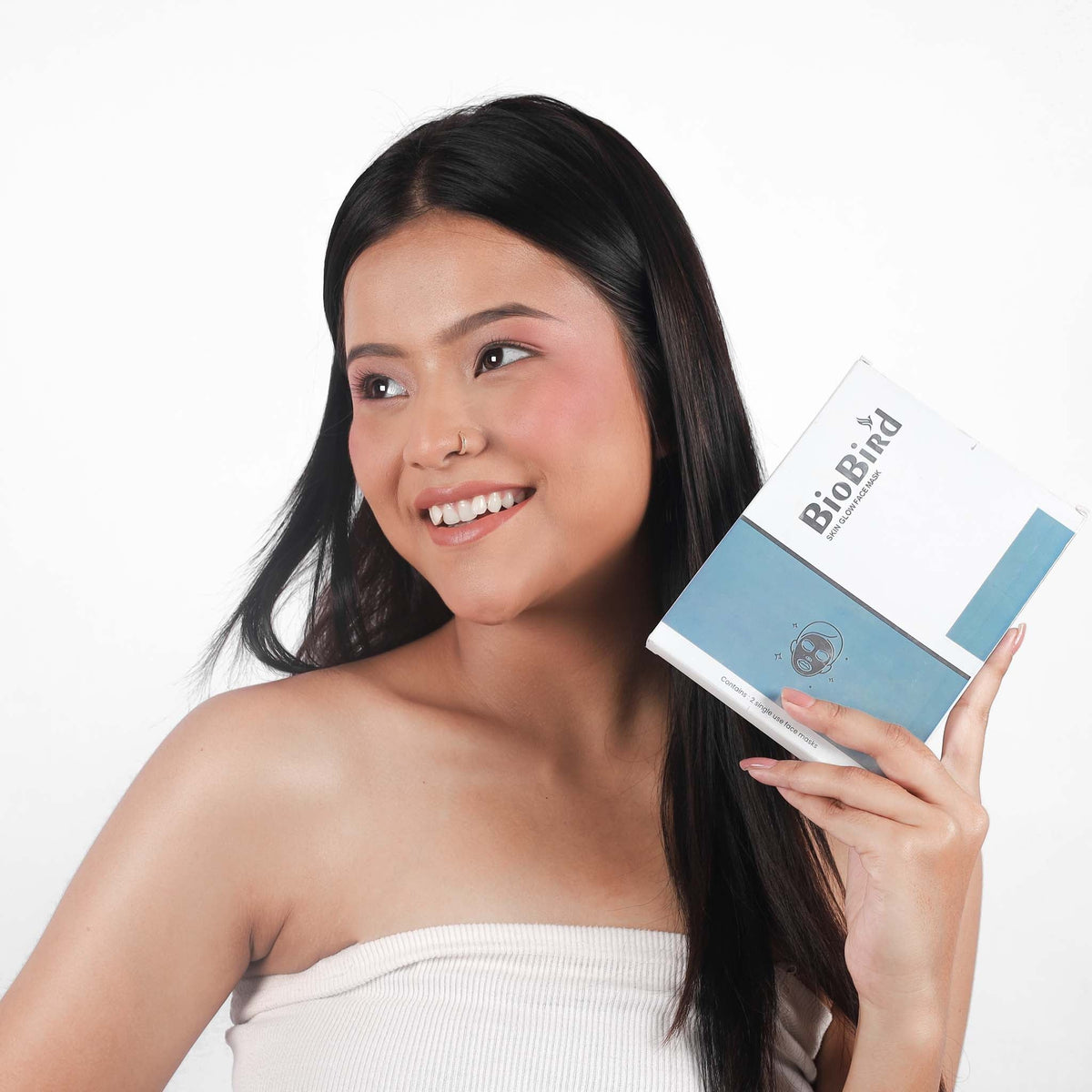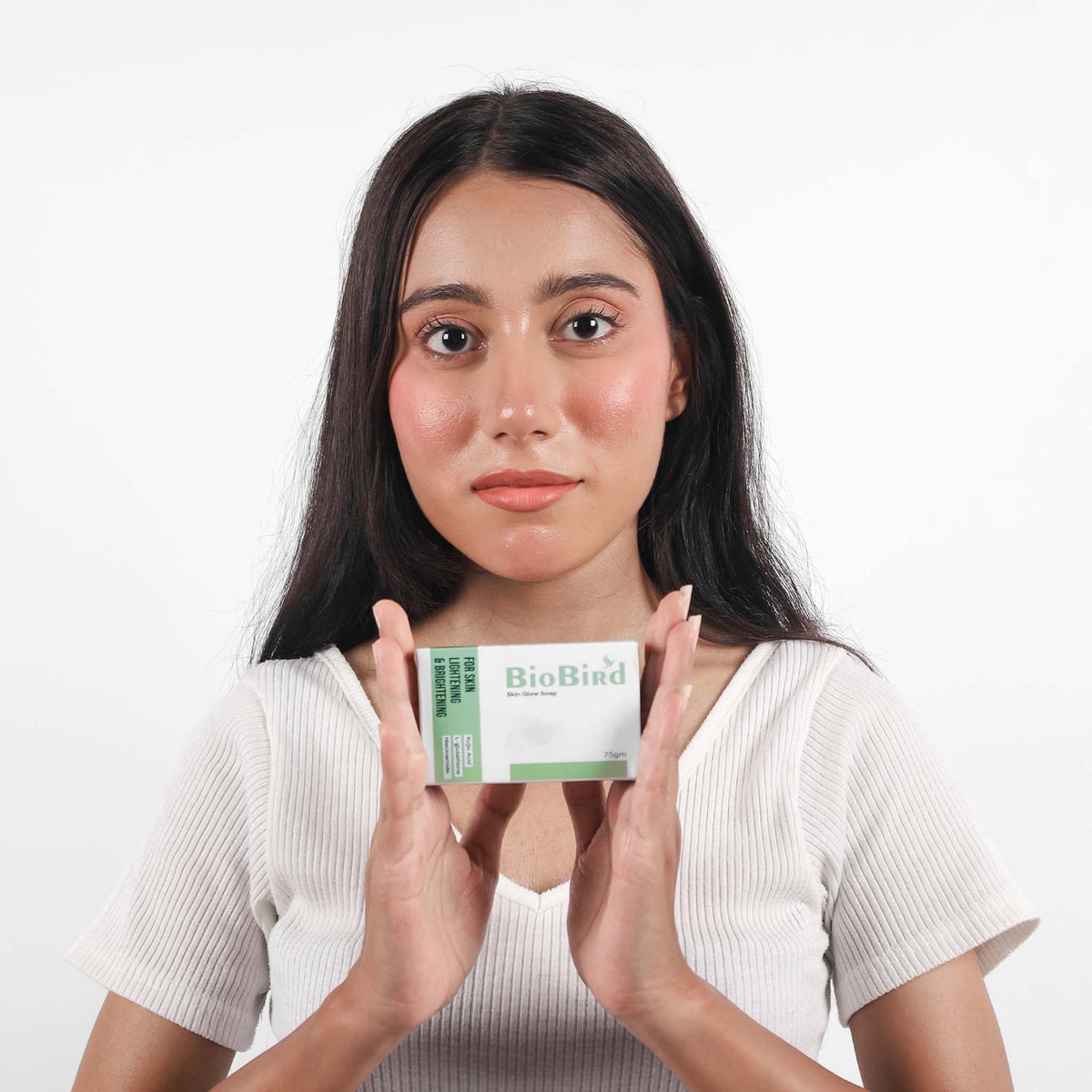Transitioning from relaxed to natural hair can be a big step. This extreme shift from chemically-treated hair to natural curls is definitely not a overnight task and requires dedication, patience, and knowledge about your hair's needs during this time—including which natural hair products will support the transition and how your hair behaves as it grows out. While this transitioning process might seem overwhelming at first, you’ll eventually find a routine that works, and your curls will begin to grow again. To help you in this daunting task, here’s your essential guide to transitioning, including expert tips.
Article Highlights
- How to Start Your Transition to Natural Hair?
- Expert Tips for a Smooth Natural Hair Journey
- Conclusion
- Frequently asked questions (FAQs)
How to Start Your Transition to Natural Hair?
Everyone’s hair is unique, and thus needs specific hair routine and care. You may wonder what routine you should follow or how long it’ll take.
Let’s break it down step-by-step with these ten helpful steps:
-
Learn your hair type and it's characteristics Understanding your hair type (like 3C, 4A, etc.) will help you to know its texture and how well your hair absorbs and retains moisture. This may further guide you in choosing the right products and techniques that suits your hair type and benefit in transitioning to your natural hair type.

-
Keep hair moisturized and deep condition regularly Transitioning hair is especially fragile and prone to breakage especially at point where new curls meet straightened strands. To prevent dryness and breakage, keep your hair well hydrated and schedule weekly deep conditioning treatments to make them strong. Also, use hair products containing moisturizing ingredients like glycerin, hyaluronic acid, and nourishing oils (e.g., avocado, jojoba or rosemary).

- Take good care of your scalp A healthy scalp supports healthy hair growth. Therefore, use shampoos that cleanse without stripping natural oils and include regular scalp massages with essential oils to encourage blood circulation and remove buildup.
- Detangle your hair gently It is essential to detangle gently by starting at the ends and then moving up using a wide-tooth comb. To smoothen hair strands and avoid breakage during detangling, apply plenty of conditioner beforehand and skip brushing, especially on wet hair.
- Trim strategically Trimming the hair ends every 6 to 8 weeks is essential, as it helps to keep your hair healthier and prevents breakage where natural and relaxed textures meet. Consistent trimming also supports your curls as they grow in.
- Practice protective hair styles Transitioning hair are unmanageable, thus you should create a styling plan that can help manage your look. You can practice some protective styles such as braids, twists, or buns can minimize manipulation, reduce breakage, and promote growth. Avoid tight styles that put pressure on the hairline, as this area is delicate.
- Limit heat usage Heat styling can interfere with the progress of your transition. Frequent use of flat irons or blow dryers can cause dryness, breakage, and may even alter your natural curl pattern. Therefore, try to reduce heat exposure and dry hair naturally to preserve the health of your new growth.
-
Be aware of harsh ingredients Avoid harsh chemicals, sulfates, parabens, alcohol-based hair care products that strip moisture from the hair, instead opt for natural hair care formulas to maintain hydration, especially at the fragile junction where natural and processed textures meet.

- Expect some hair shedding It’s normal for hair to shed—anywhere from 50 to 100 strands daily. During transitioning, shedding may seem more noticeable, especially after taking down protective styles. Don’t panic unless you’re seeing unusually large clumps of hair fall out regularly, that needs urgent attention.
-
Stay consistent and practice patience Whether you’re cutting your hair or slowly growing out a relaxer, you’ll need at least a few months—sometimes even a year—to start seeing noticeable progress. So, avoid putting a strict timeline and stay flexible with your expectations. You will get there slowly—just maybe not exactly when you planned.
Expert Tips for a Smooth Natural Hair Journey
Since you have learnt steps on how to start your transition journey, it is time to explore what hair specialists and trichologist suggest for your smooth natural hair journey. Here are some hair professionals recommended tips for your hair transition journey:
-
Cleanse your hair with a gentle clarifying shampoo or apple cider vinegar rinse once a month to reset your scalp and strands.

- Use a gentle scalp scrub or a soft toothbrush with a mild exfoliating solution once every 2–3 weeks to remove product buildup on scalp.
-
Ensure adequate intake of protein, iron, biotin, and vitamins A, D, and E and consider a trichologist-approved hair supplement if you have deficiencies.

- Switch to satin or silk pillowcases, bonnets, scarves, and even hair ties to reduce breakage and preserve moisture.
-
Practice stress management and gentle styling techniques, especially during high-shedding months , as transitioning often coincide with natural hair shedding.

-
- Keep a track of hair growth, products used, styles worn, hair texture and porosity in your daily hair journal, as it will help you understand what works for your hair and what doesn't.
These holistic tips will surely help your hair transitioning from relaxed to natural and prevent breakage at the line where relaxed and natural textures meet.
Conclusion
Deciding to embrace your natural hair is a bold and beautiful choice—but it comes with its own learning curve. This in-between stage is a great opportunity to try new styles and build a care routine that supports your natural hair’s long-term health and beauty. Be flexible, stay patient, and focus on moisture and protection to embrace your natural hair.
Frequently asked questions (FAQs)
- How long does the transition process take? Transitioning can take anywhere from 6 months to 2 years, depending on how long you want to grow out your natural hair.
- Can I straighten my natural hair during the transition? Yes, but it is advised to apply heat protectants and use heat sparingly, as excess heat can damage your natural hair texture.
- How can I minimize breakage during the transition? Regular trims every 6–8 weeks, gentle detangling with a wide-tooth comb or fingers, and moisturizing with leave-in conditioners and oils can help minimize breakage.
- What are protective styles, and how do they help? Protective styles like braids, twists, and buns reduce manipulation and shield hair from environmental damage, promoting length retention during the transition.
- What is the line of demarcation, and how can I protect it? The line of demarcation is where relaxed and natural hair meet; protect it by moisturizing regularly, avoiding tight hairstyles, and trimming every 6–8 weeks.
-
Cleanse your hair with a gentle clarifying shampoo or apple cider vinegar rinse once a month to reset your scalp and strands.






0 comments